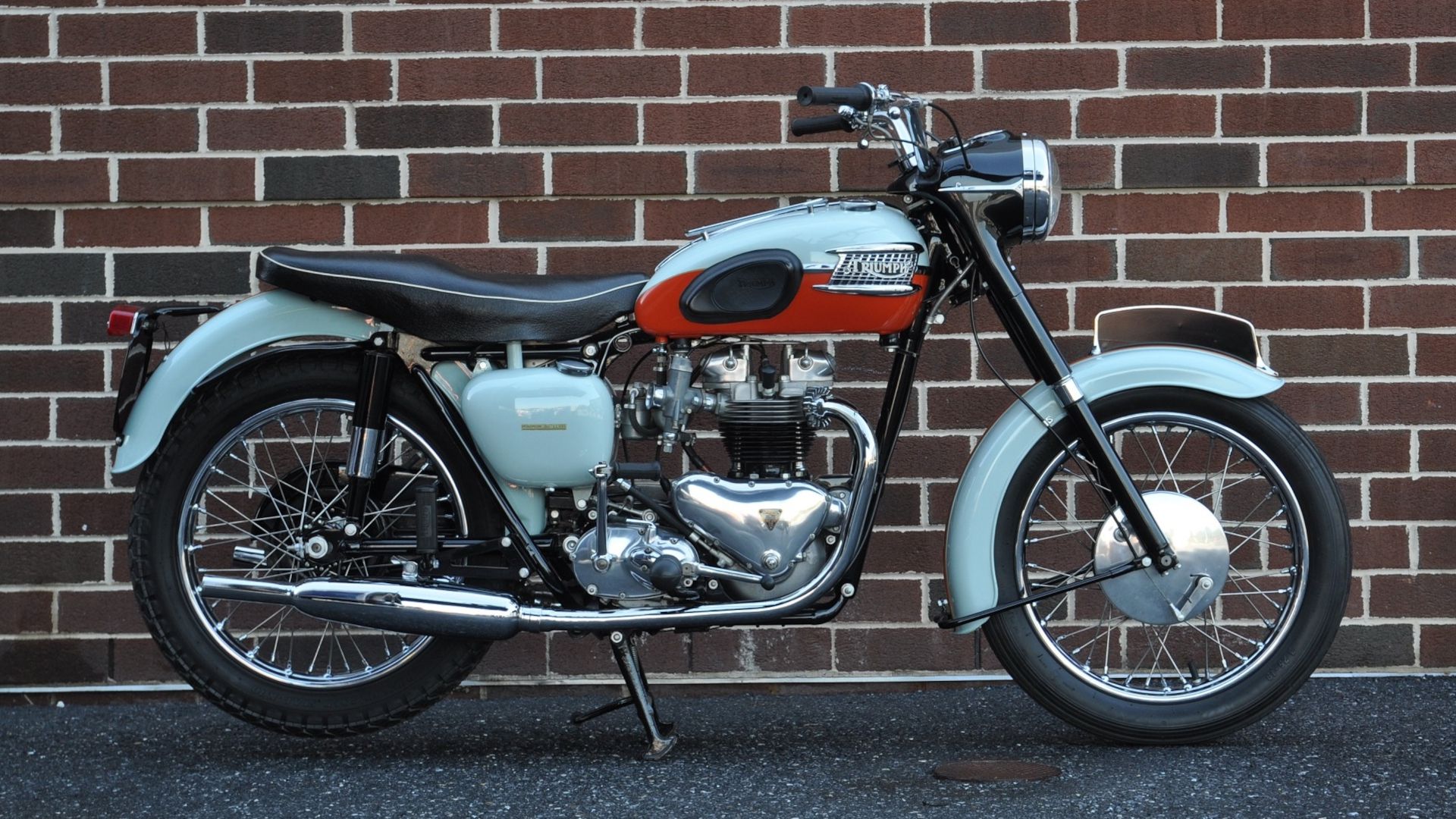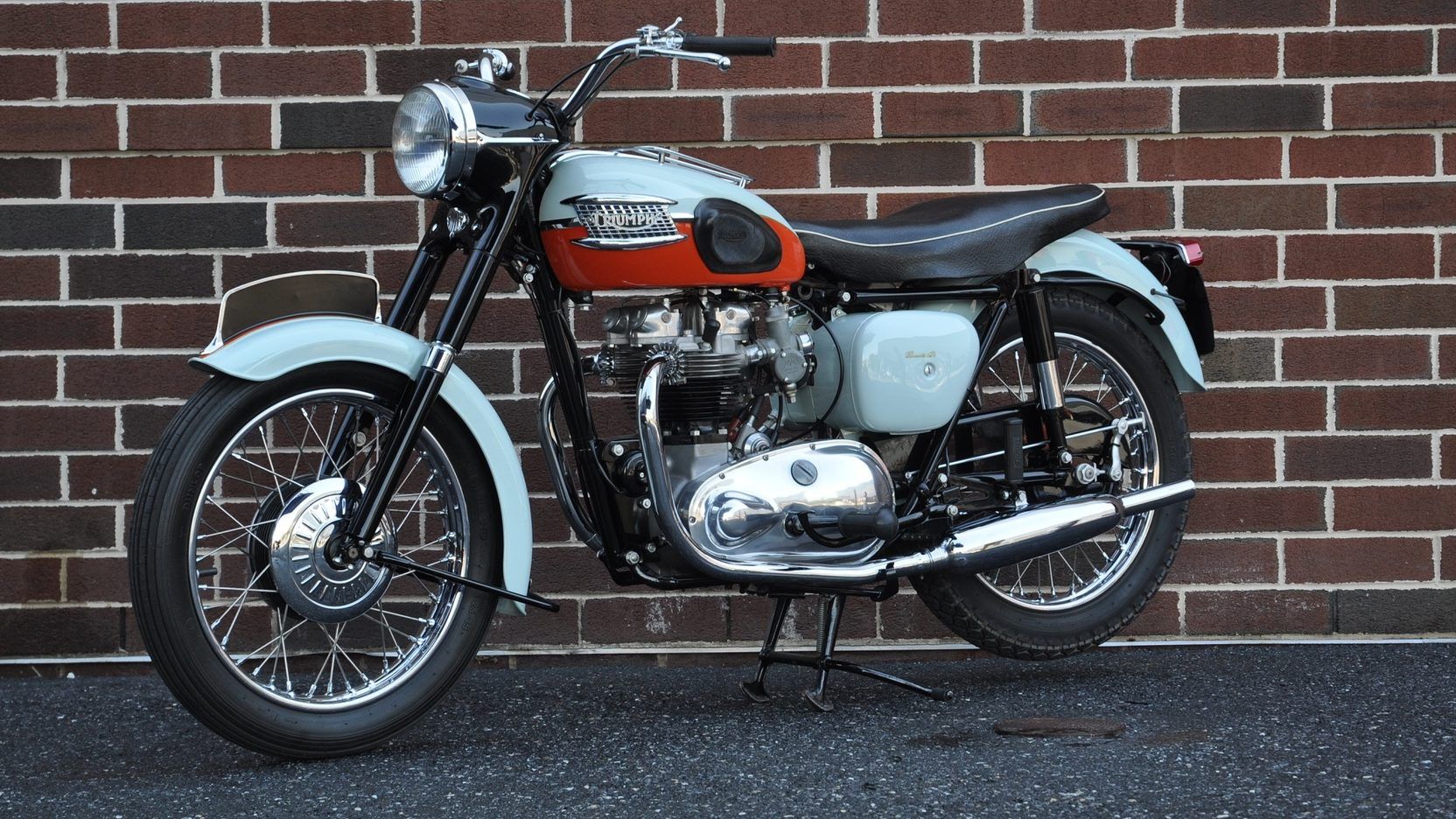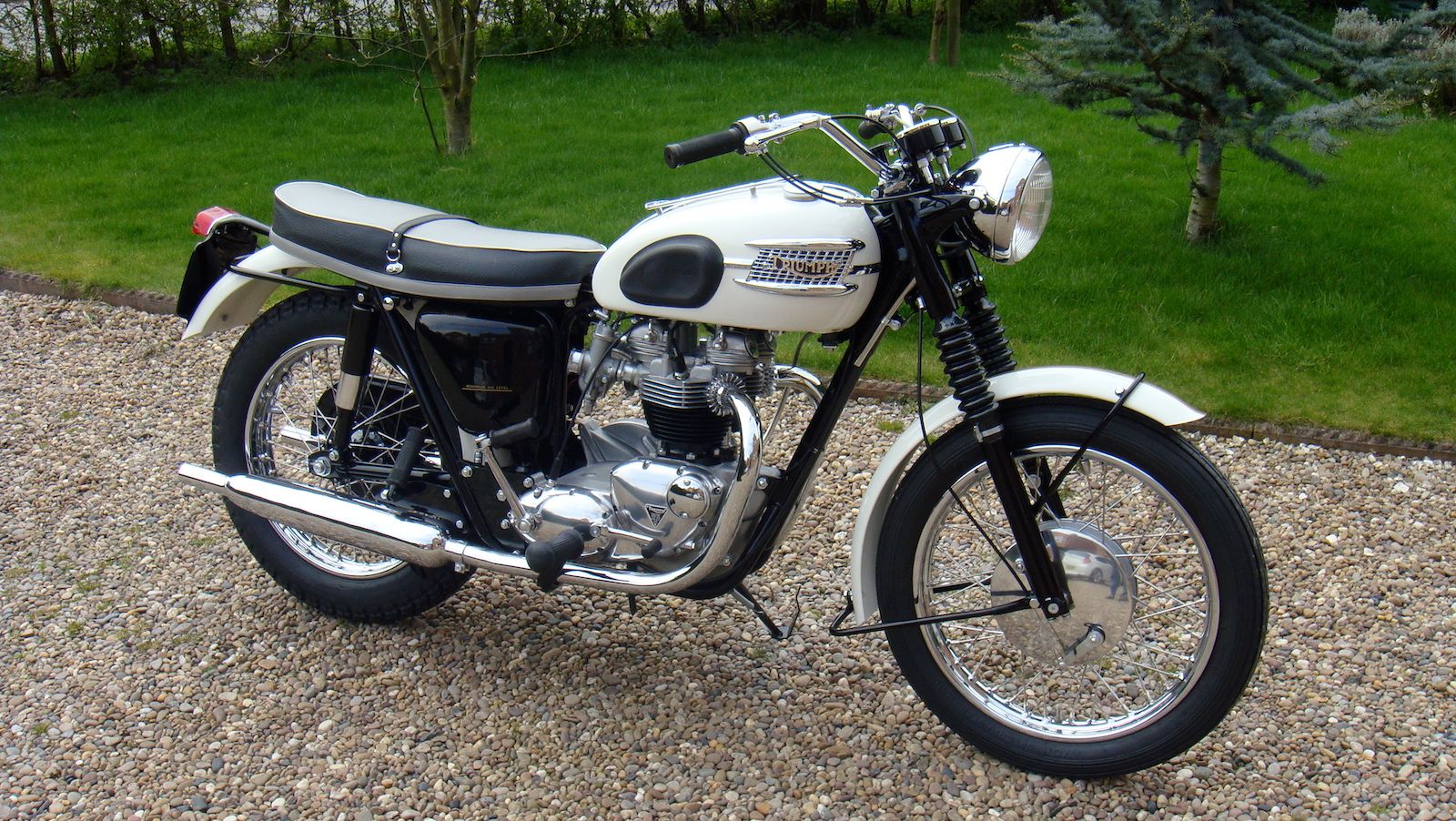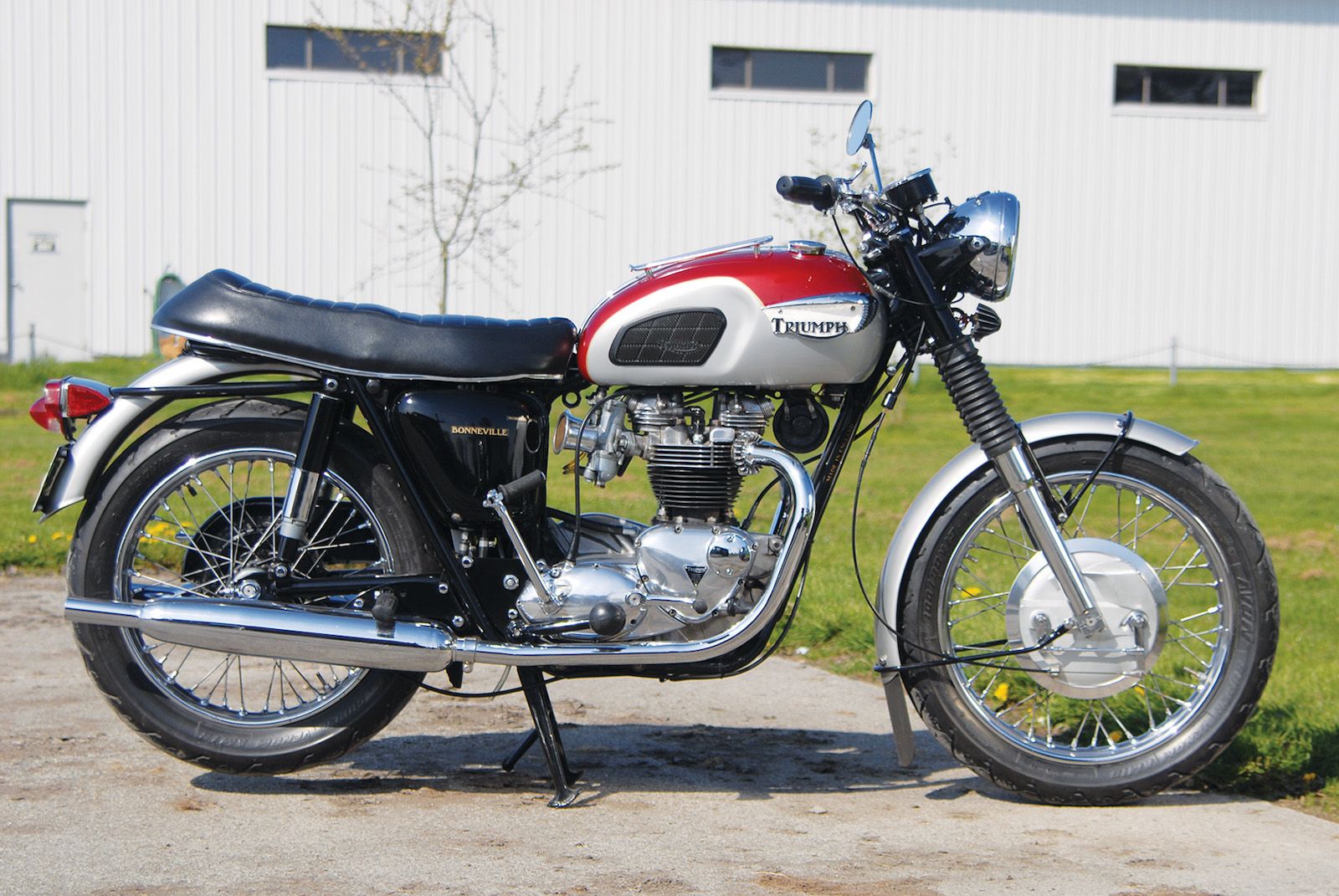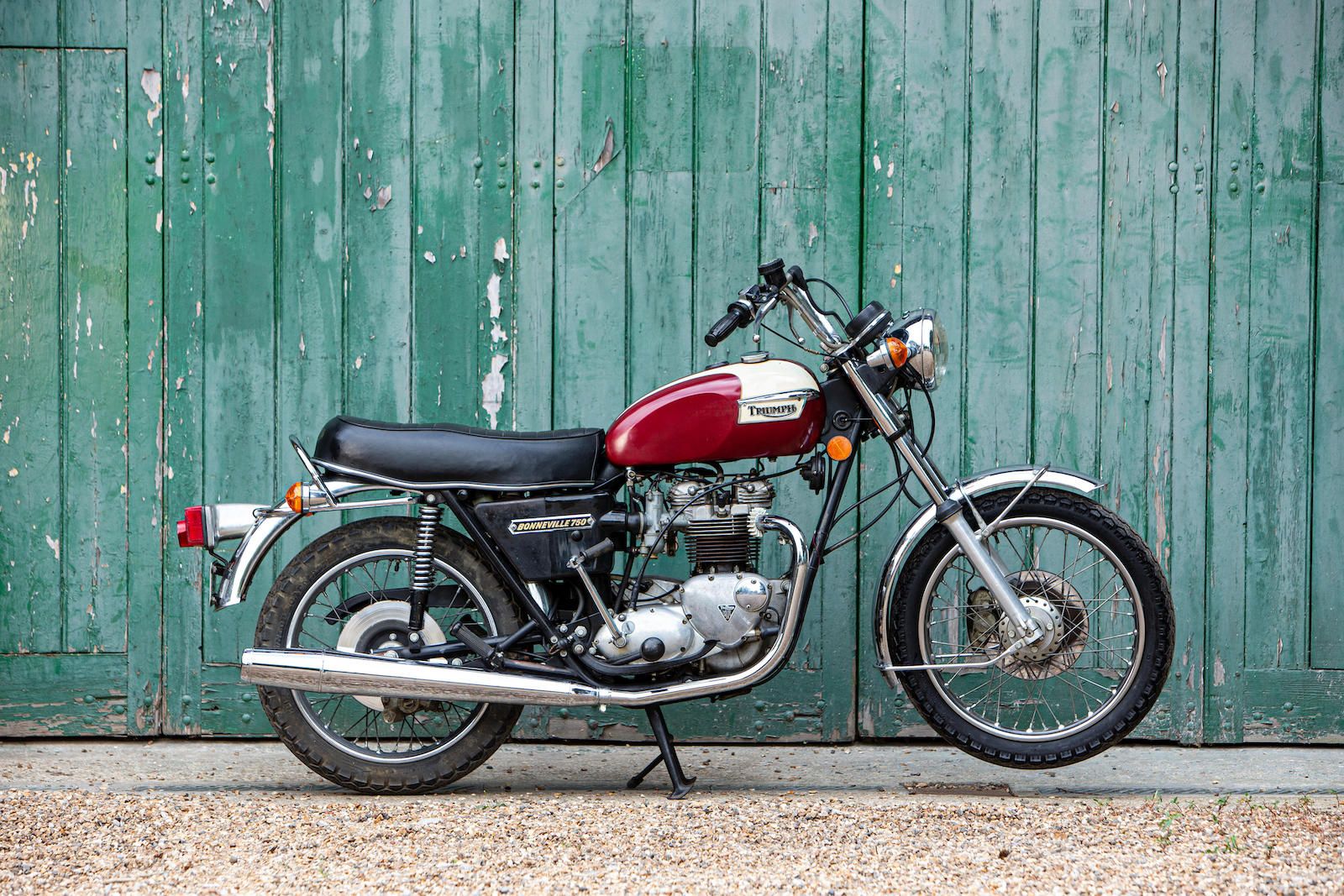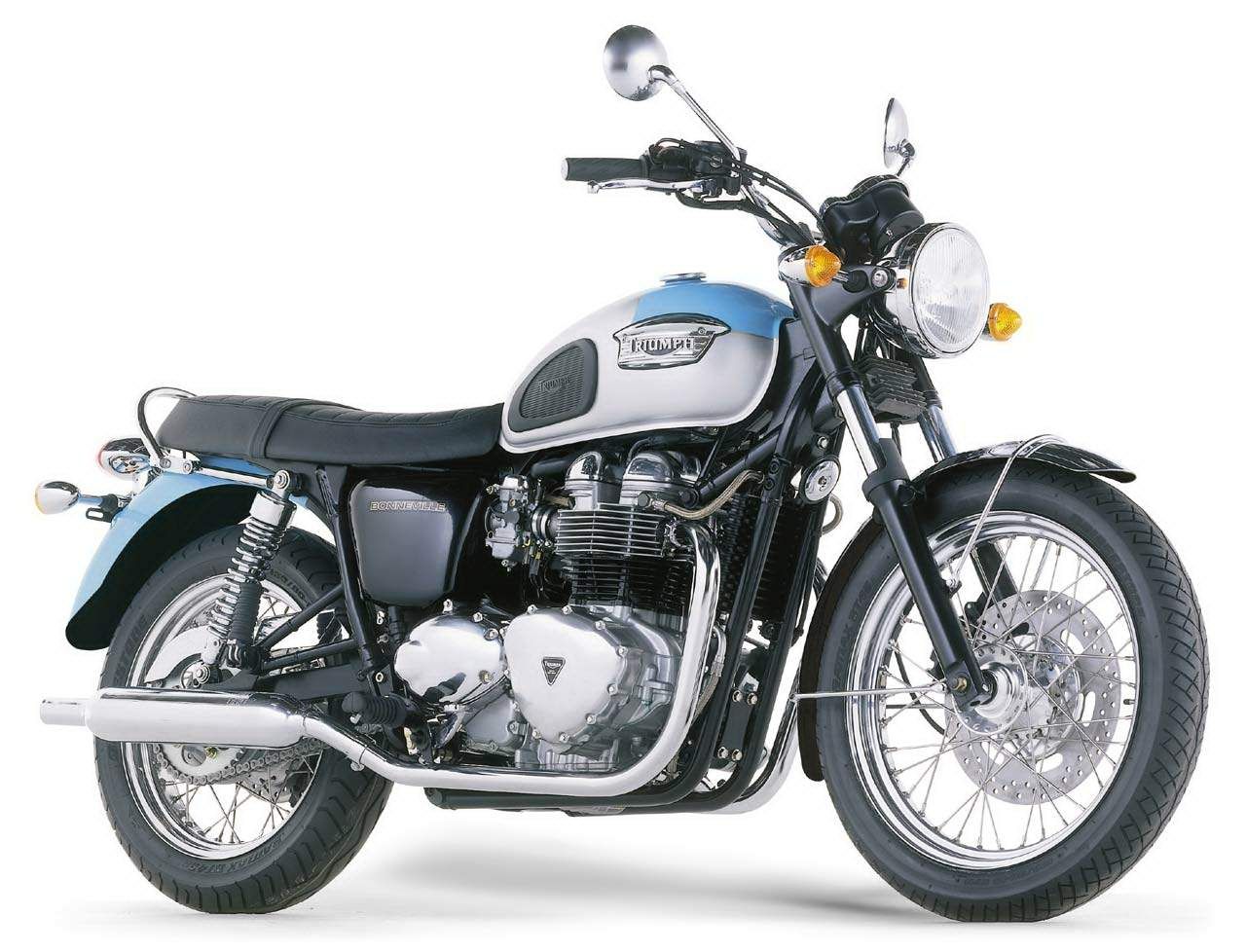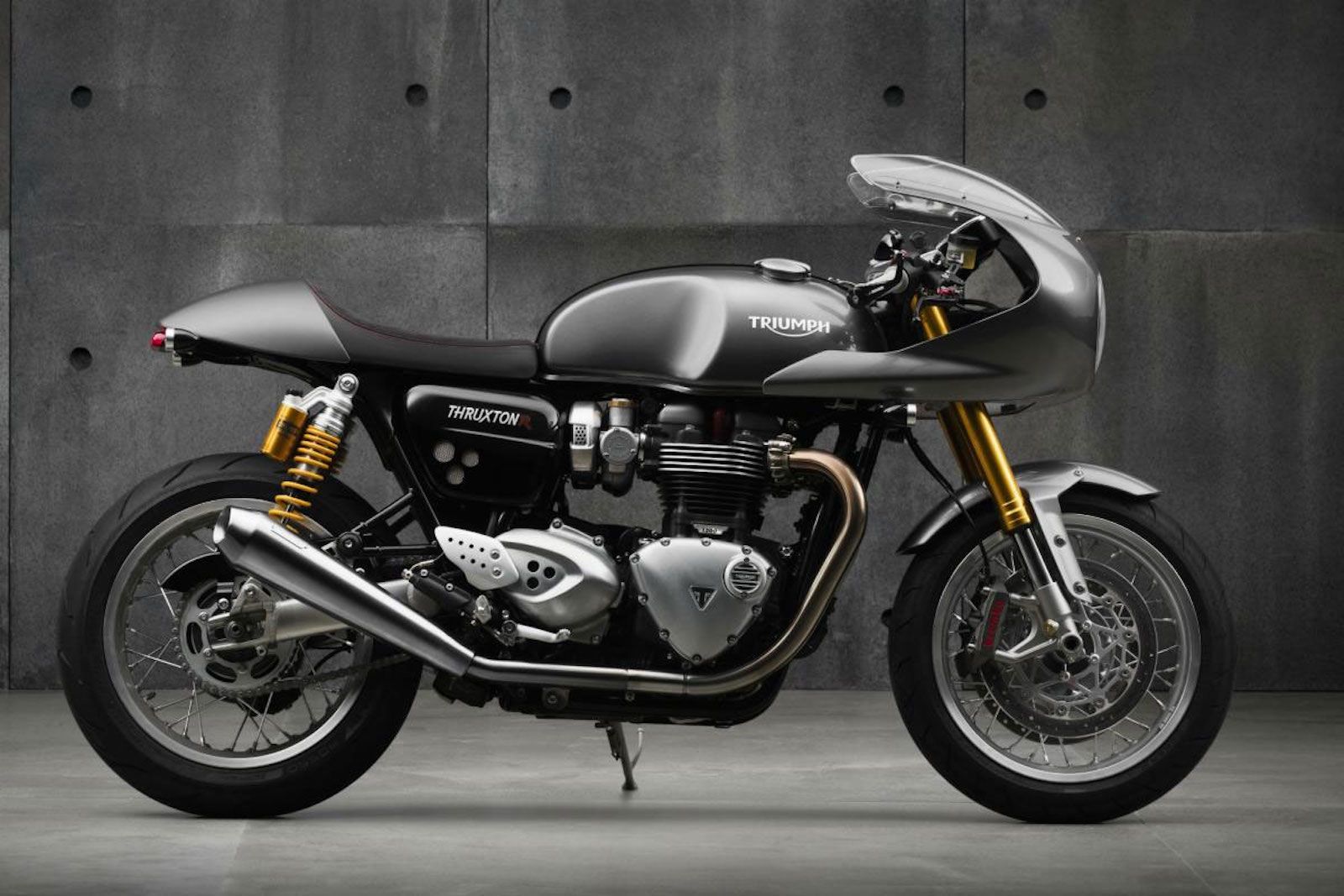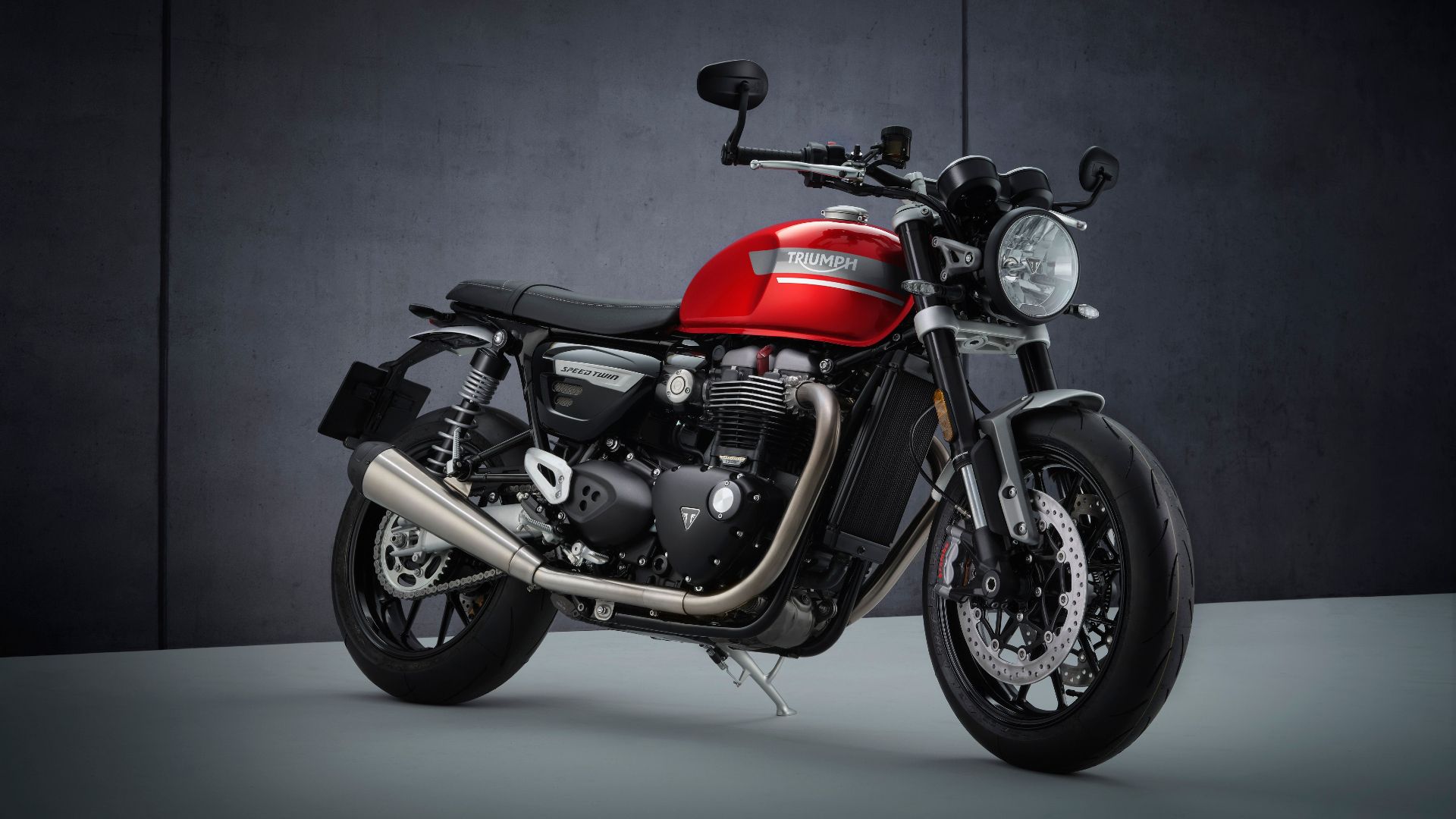It has a name that almost defines everything that was good about British motorcycles, being both fast and beautiful and with an evocative name. The Triumph Bonneville first appeared in 1959, the name inspired by a speed record attempt by a Triumph-engined streamliner on the salt flats in America that bears the same name. Throughout the 1960s, it was the fastest motorcycle on the road and perhaps it is appropriate that it was the last motorcycle model standing as the British motorcycle industry ground to an ignominious halt in the 1970s. The story came full circle when ‘new’ Triumph resurrected the name - and the style - in 2001 and, today, it remains as iconic as it always has been.
10 Triumph Bonneville T120 - 1959
The original but not necessarily the best, although being the first means values have gone through the roof. While a twin-carburetor cylinder head was offered as an option on the T110 Tiger model, the Bonneville was a response to the American demand for more power and speed and came as standard with a twin-carb head. The Bonneville name was an inspiration and referenced Johnny Allen’s unofficial speed record set on the Bonneville Salt Flats in 1956, while the T120 name referred to the top speed of 120mph. The famous Triumph headlamp ‘nacelle’ was still in use which was rather at odds with the sporting pretensions of the model and was soon dropped in favor of a more sporting separate chrome headlamp shell and twin clocks mounted on the top triple clamp.
9 Triumph Bonneville T120 - 1963
By 1963, the Bonneville was well-established as the sporting roadster but still the American influence was being felt. The move to unit construction of crankcases and gearbox was in response to the American demand for a smoother external appearance and was most noticeable in the beautiful primary chain case cover, with its ‘horizontal comma’ cast into it and the timing gear chest cover losing the magneto drive extension, the new model having points ignition and an alternator. It was cheaper to produce than the old pre-unit design and made keeping chain tension in both the primary and final drive chains much easier. The downside was increased vibration, something that would only get worse in the years to come. The versatile T120 TT model arrived soon after.
8 Triumph Bonneville T120 - 1969
Inexplicably, Triumph frames were always a weak point of the Bonneville and lagged far behind the qualities of the Norton ‘Featherbed’ frame. Many fixes had been tried, but it wasn’t until the late 1960s that the Triumph frame could be said to be a match in terms of rigidity and the 1968 to 1970 Bonnevilles are considered to be the best of the breed. By this time, the engine had been strengthened, which sorted out many of the unreliability problems, the brakes were much better and the handling as good as it was ever going to get. Perhaps also revered because these were the last of the ‘original’ Bonnevilles before the first of the hideous ‘oil-in-frame’ models appeared, which brought its own set of problems.
7 Triumph Bonneville T140V - 1976
The arrival of the Honda CB750 shook the British bike industry to its core and no longer was the Bonneville the fastest bike on the roads. To counter this, Triumph increased the Bonneville’s engine to 750cc in 1973 which, although it had more power and torque, also had even more vibrations. As some compensation, by 1976 the Bonneville T140 had a five speed gearbox, with left-hand shift, and disc brakes front and rear, while the oil-bearing frame had been previously re-designed to correct the overly tall seat height. Produced in both British and American versions, the latter having a stylish gas tank and raised handlebars in comparison to the rather square tank and flat bars of the UK versions. Still a good performer but lagged far behind the Hondas, Kawasakis and Yamahas in terms of creature comforts, such as electric starting and reliability.
6 Triumph Bonneville T140D - 1979
Throughout the later 1970s, Triumph continued to stir the Bonneville pot, but most of this stirring was in appearance and not in mechanical specification, although electric start would be fitted and even an eight-valve cylinder head in the 1980s. The 1979 T140D was a cosmetic makeover model but all the better for it, featuring a U.S.-style ‘peanut’ tank, polished/painted Lester cast alloy wheels, a two-into-one exhaust and chrome fenders. When combined with the optional black-with-gold-pinstripes paint job, this was one of the best-looking Bonnevilles ever produced but, sadly, by this time, the worker’s cooperative that was running the factory was failing badly on quality control, which had a huge effect on customer confidence. However, the end wasn’t there just yet.
5 Triumph Bonneville T140V TSS - 1983
Never officially called TSS or TSX, the fact that these Bonnevilles were developed at all is a miracle, given the state of the company by this time. In a last-ditch attempt to improve the performance of what was, by this time, a 45-year-old engine design, an eight valve cylinder head was developed by specialist firm Weslake (who had worked on Dan Gurney’s Eagle V12 Formula 1 engine) and which together with new barrels, would bolt directly onto the T140 crankcases. Together with a new crankshaft, the TSS was the most powerful Bonneville ever (60 horsepower) and heralded a return to 500cc Triumph twin-style smooth running. This all coincided, however, with the final death throes of the original Triumph company and only 438 TSS models were built. A sad end to a once-great name but, thankfully, it was only temporary.
4 Triumph Bonneville 800 - 2001
In 1983, construction entrepreneur John Bloor bought the rights to the Triumph name and spent the next seven years developing a new factory and a new range of motorcycles. At first, the bikes were designed along completely modern lines, and it was noted that although names from Triumph’s past were used for the various models, the odd one out was the Bonneville. All that changed, along with Triumph’s future fortunes, in 2001, when the first ‘new’ Bonneville appeared, with retro styling that borrowed heavily from the 1968-1970 Bonneville T120s. The first 800cc Bonneville had few frills and weren’t all that fast, but it was still a hugely important model for the relatively new company and one that became the model that would define Triumph from that point on, getting better and better along the way, an important distinction to the original Bonneville’s progress through the years.
3 Triumph Bonneville T100 50th Anniversary - 2009
From seemingly being in denial of its past, other than borrowing names for its new models, from 2001 Triumph completely embraced its heritage and showed no shame in looking back to move forward. The ‘new’ Bonneville was an unexpected success and led to an ever-increasing range of variations on a theme, including ‘scrambler’, café racer and sportier roadster models. 2009 marked the 50th anniversary of the Bonneville T120’s introduction and Triumph celebrated with the limited edition (650 built) 50th Anniversary model, complete with tangerine/eggshell blue paint, pin striping, gas tank knee pads and a white-piped seat. The engine was now 865cc and featured fuel injection, cleverly hidden in false carburetor bodies to maintain the traditional look. Reaching a half-century, the Bonneville was better and more popular than ever.
2 Triumph Bonneville Thruxton R - 2016
Triumph has demonstrated an unerring knack of taking an existing first generation of a model, which was already good, and improving it out of all recognition for the second generation. The original 2003 Thruxton looked good and had all the right details, but it was made to look completely outdated when the Thruxton 1200 R appeared in 2016. Now with a 1200cc engine, pushing out nearly 100 horsepower and lots of creamy torque, with new styling and top-spec Showa/Öhlins suspension and Brembo brakes, it was an infinitely more convincing café racer than the previous 900cc version. The riding position wasn’t too extreme despite the clip-on ‘bars, rear-set foot pegs, a long gas tank and single seat, and it looked gorgeous and was even better to ride.
1 Triumph Speed Twin 1200 - 2021
Triumph certainly hasn’t stood still on development of the Bonneville and this has led to a rather confusing situation. The first Triumph to receive the now-famous parallel twin engine in 1938 was the Speed Twin and the name remained in the Triumph catalog for many years. But it was always overshadowed by the performance Triumphs, the T110 and T120 and remained at 500cc while the others moved to 650cc. Fast-forward to 2021 and the Speed Twin version of the Bonneville is now the high-performance model in the range. It has an aggressive, forward attack stance and is equipped with Marzocchi upside-down forks and Brembo calipers clamping onto 320mm discs up front. Cast alloy wheels are fitted with Metzeler RR K3 tires, which have more than enough grip to make track days fun, something which the power of the engine - the same spec as the Thruxton RS - and the behavior of the chassis encourages as well. By no means the end of the Triumph Bonneville story, the Speed Twin 1200 might just be the best of the lot. So far!

